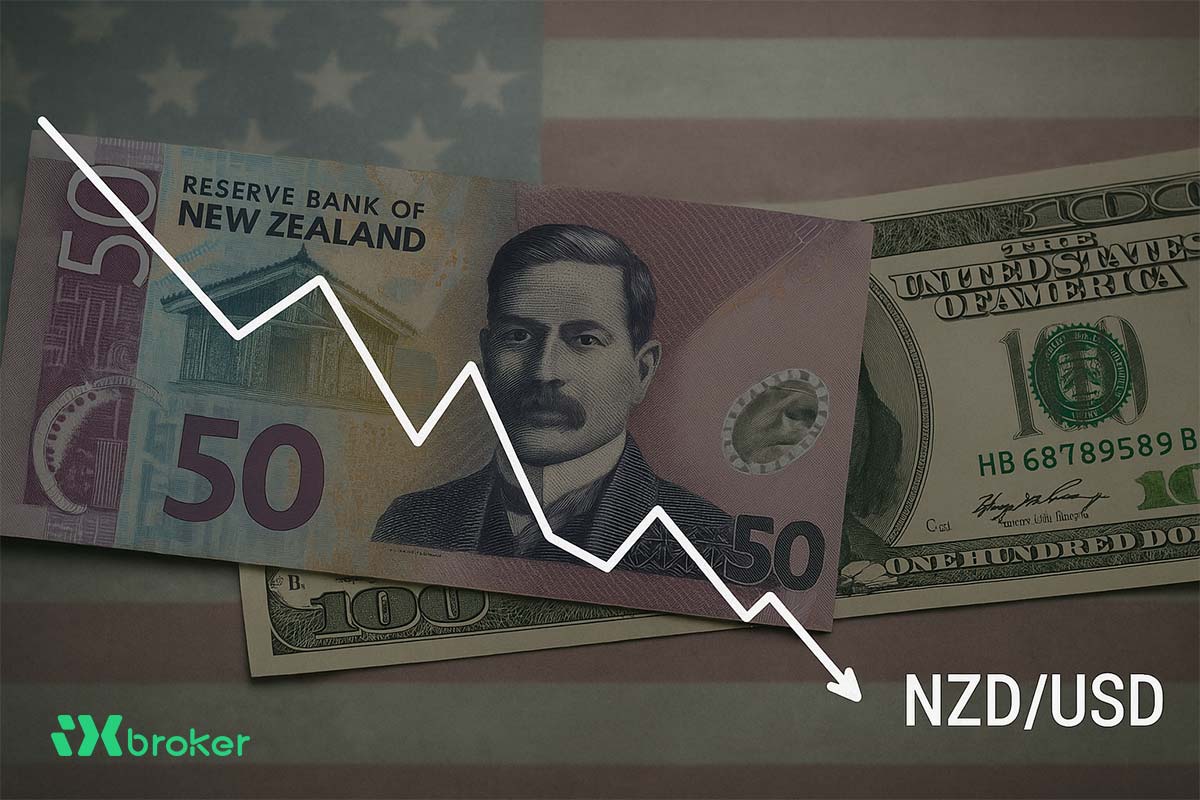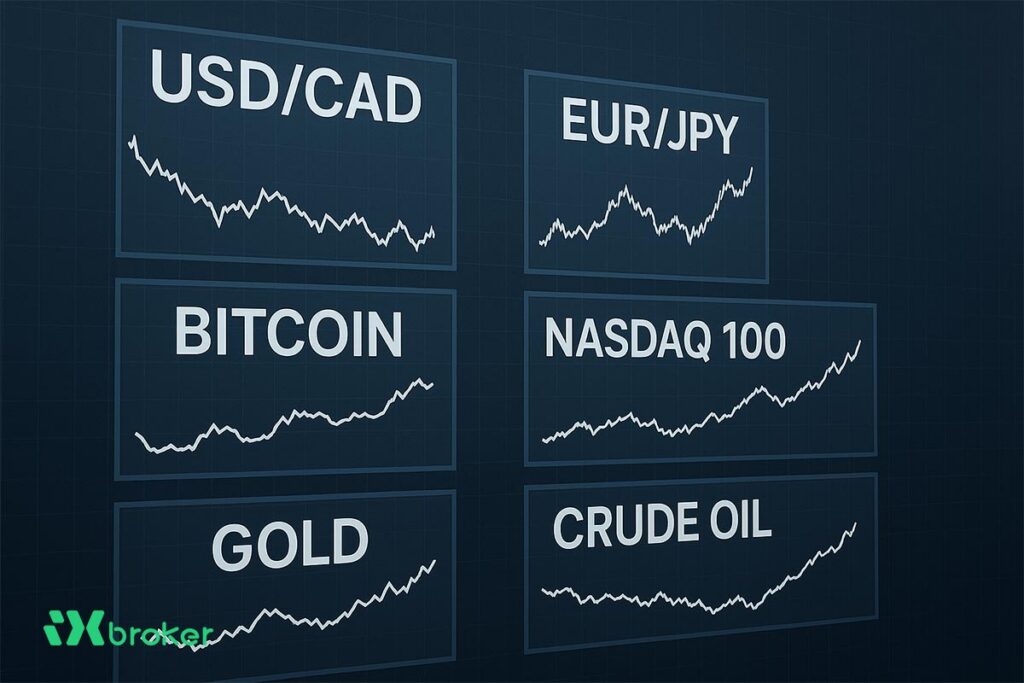The NZD/USD pair extended its decline on Tuesday, slipping 0.27% to trade near 0.5725 during the Asian session. The New Zealand Dollar (NZD) remains under pressure across major currency pairs amid growing expectations that the Reserve Bank of New Zealand (RBNZ) will further ease monetary policy to counter softening inflation momentum.
Data released Monday by Stats New Zealand showed that headline Consumer Price Index (CPI) inflation rose 3.0% year-over-year in the third quarter, in line with expectations and up from 2.7% previously.
However, much of the increase was driven by one-off and seasonal factors — including an 8.8% surge in local government land taxes, according to Bloomberg. The underlying inflation trend, meanwhile, continued to cool, reinforcing speculation that the RBNZ could loosen policy in upcoming meetings.
USD strength adds pressure to Kiwi
The New Zealand Dollar also faces headwinds from a broadly stronger US Dollar (USD), supported by easing US-China trade tensions and rising hopes that the US federal government will soon reopen after a three-week shutdown. A stronger Greenback has limited the Kiwi’s recovery attempts, keeping the NZD/USD pair anchored near multi-month lows.
Market participants now turn their focus to the delayed US Consumer Price Index (CPI) report for September, due on Friday. The data is expected to guide the Federal Reserve’s (Fed) near-term policy outlook, which could influence USD demand and, by extension, the NZD/USD pair.
Technical outlook: bearish bias remains intact
NZD/USD continues to hover near its six-month low around 0.5740, maintaining a firmly bearish structure. All key Exponential Moving Averages (EMAs) — from short to long term — are sloping downward, confirming persistent downside momentum.
The 14-day Relative Strength Index (RSI) remains below 40.00, signaling strong selling pressure. A sustained break below the October 14 low of 0.5682 could open the door for a deeper decline toward the April 10 low of 0.5628 and the psychological support at 0.5600.
On the flip side, a recovery above the 0.6000 psychological mark could trigger a rebound toward the June 19 high of 0.6040 and the September 11 low of 0.6100, though such a move would require a significant shift in market sentiment.



